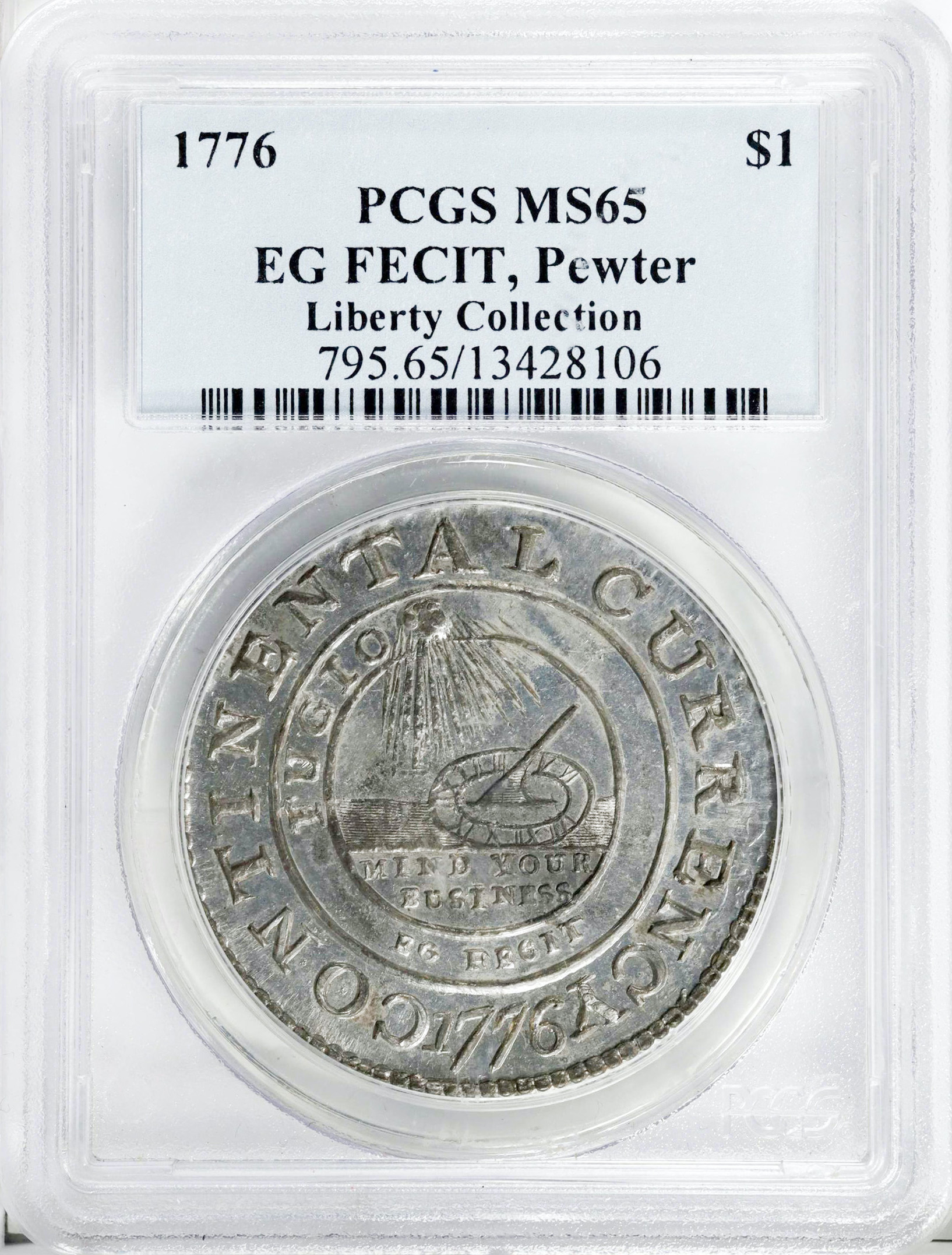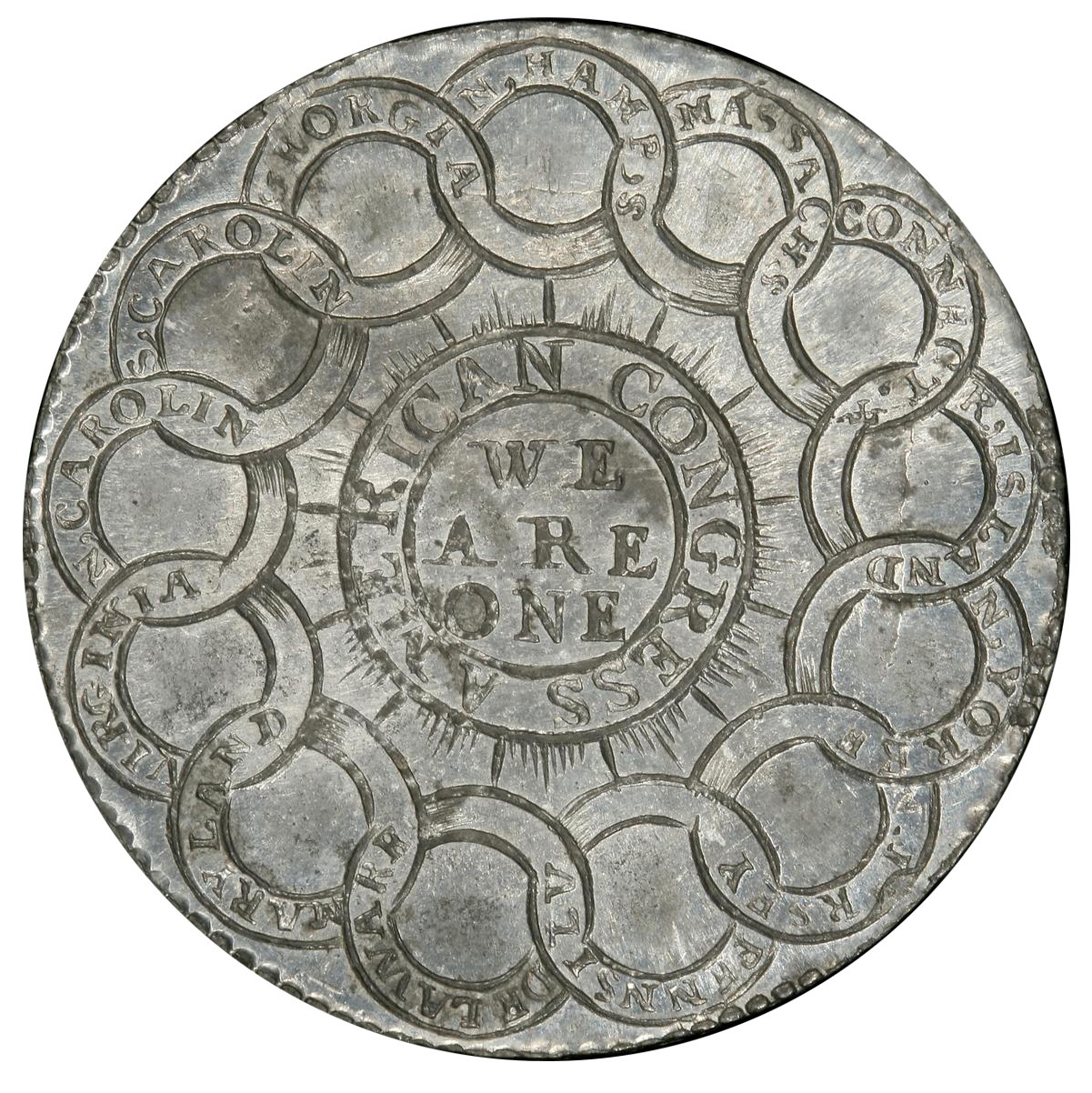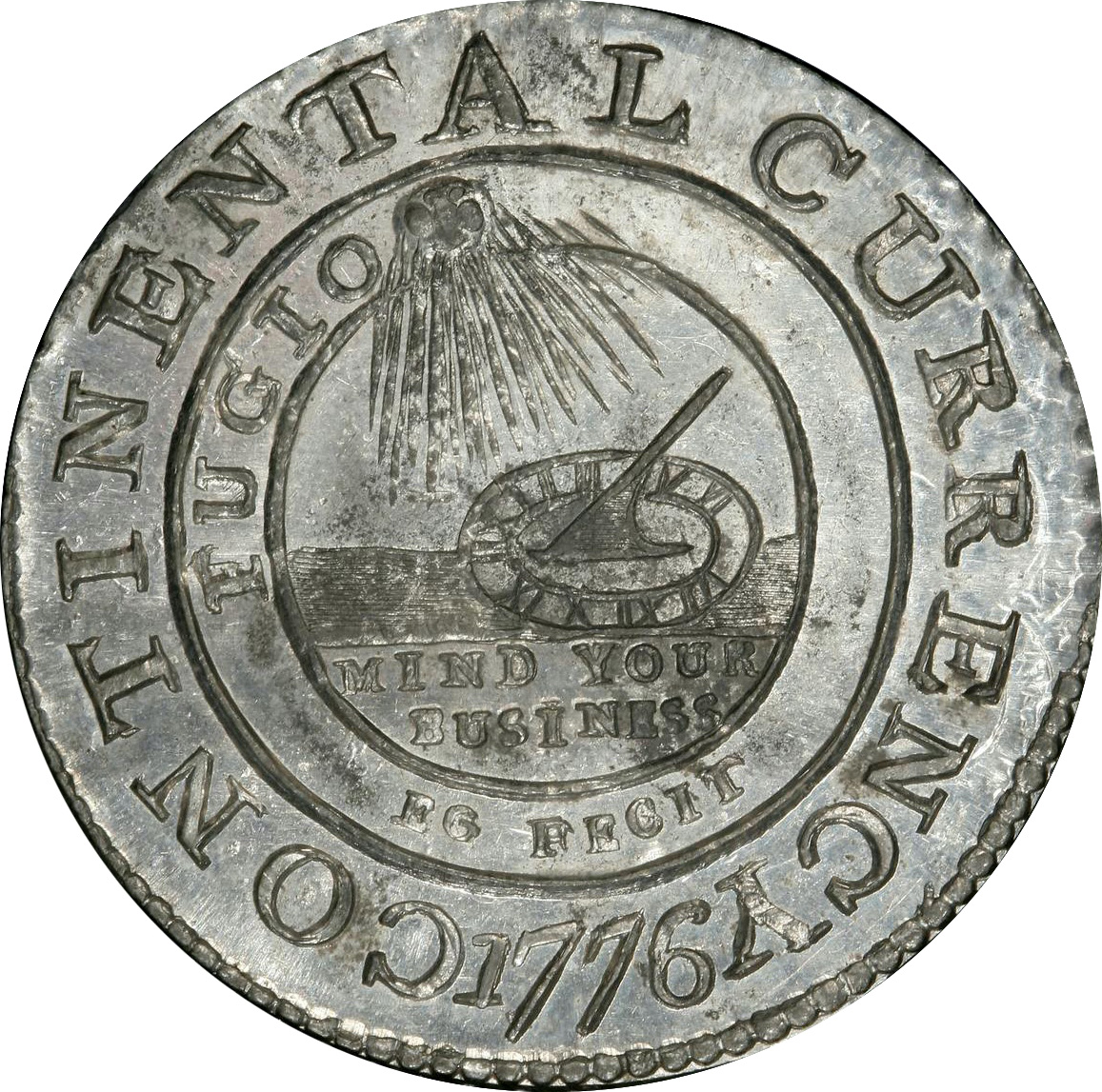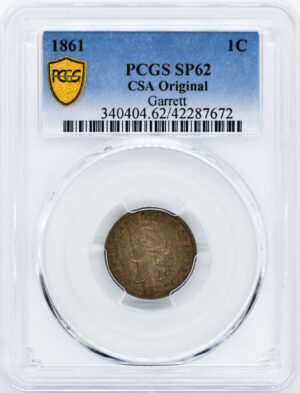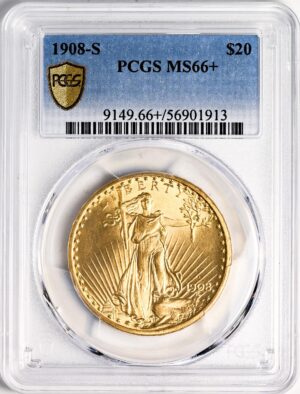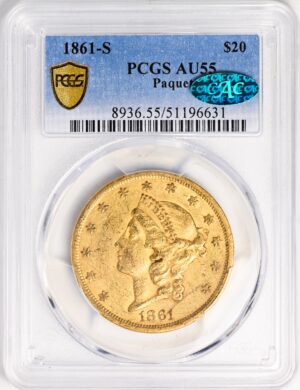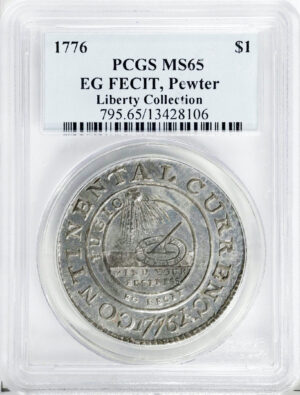On July 4, 1776, a pivotal moment in history unfolded as the Continental Congress adopted the Declaration of Independence, marking the formal separation of the Thirteen Colonies from British rule. This monumental document, primarily authored by Thomas Jefferson, articulated the colonies’ grievances against the British Crown and eloquently asserted the right to self-governance based on the principle that all men are created equal and endowed with unalienable rights, including life, liberty, and the pursuit of happiness. The adoption of the Declaration of Independence was not merely a political act; it was a bold statement of ideals and aspirations that would come to define the ethos of the emerging nation. It signified the birth of the United States of America and set the stage for its development as a sovereign state dedicated to the principles of democracy and liberty. The formal signing of the Declaration of Independence on August 2, 1776, further solidified the commitment of the Continental Congress to these revolutionary ideals. On this day, 56 delegates, representing the diverse interests and backgrounds of the colonies, came together to affix their signatures to the document. This act of unity and defiance was a courageous step, as each signatory was fully aware that they were risking their lives and fortunes by openly rebelling against one of the world’s most powerful empires. The signing was not only a formal acknowledgment of the colonies’ independence but also a personal pledge by each delegate to the cause of American liberty. By September 9, 1776, the Continental Congress took another significant step by officially renaming the collective body of colonies as the “”United States of America.”” This new name reflected the aspirations of the Declaration of Independence and symbolized the unity and identity of the thirteen states as a single nation. It was a declaration of the colonies’ collective identity and their determination to forge a new path as a united entity. The renaming underscored the transformation from a group of disparate colonies into a nation-state, committed to the principles of democracy and self-determination. Together, these events in July, August, and September of 1776 were not just key moments in the American Revolution; they were foundational to the creation of a new nation, dedicated to the ideals of freedom, equality, and democracy.”
1776 EG FECIT, PEWTER $1 MS65
$325,000.00
& Free ShippingCoin Description
As Christian Gobrecht would do 60 years later with the first variety of his 1836 Gobrecht Dollar, Elisha Gallaudet “signed” one of his obverse dies for the 1776 Continental Dollar. Gallaudet’s “signature” appears as EG FECIT, a Latin inscription that translates as “E(lisha) G(allaudet) made it.” This die was prepared after those with the CURENCY and CURRENCY spellings, and we have been unable to discern why the engraver did not “sign” his earlier work for this issue. Most examples of the EG FECIT variety were struck on planchets that are generally referred to as pewter, although they are actually tin. The extreme rarity of both brass and silver impressions means that specialists seeking a representative of the 1776 Continental Dollar, EG FECIT variety would be wise to focus their buying attention on one of the extant pewter (read: tin) pieces.
Specifications
| Grading Service: | PCGS | SKU: | 142460 |
| Grade: | MS 65 | Cert Number: | 13428106 |
| Census*: | 4/1 | CU Price Guide*: | $325,000.00 |
- No-Risk Money Back Guarantee!
- No Hassle Refunds
- Secure Payments
Related products
-
Rated 0 out of 5
1861 CONFEDERATE 1C, COPPER 1C MS62
$211,500.00 Add to cart Rare Coins and Certified Coins -
Rated 0 out of 5
1861-S LIBERTY HEAD $20, PAQUET AU55
$231,000.00 Add to cart Rare Coins and Certified Coins -
Rated 0 out of 5
1799/8 DRAPED BUST 1C XF40 Brown
$225,000.00 Add to cart Rare Coins and Certified Coins

